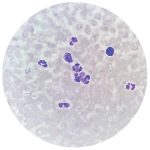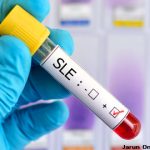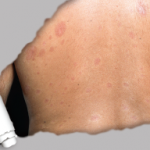Research in type I interferon (IFN) driven mouse models of systemic lupus erythematosus (SLE) suggests the microbiome may play a role in the development of autoimmunity. Additionally, changes in diet may induce protective effects in the gut.1 “Microbes in the gut worsen a lupus model related to the interferon pathway,” says Martin A. Kriegel, MD,…








